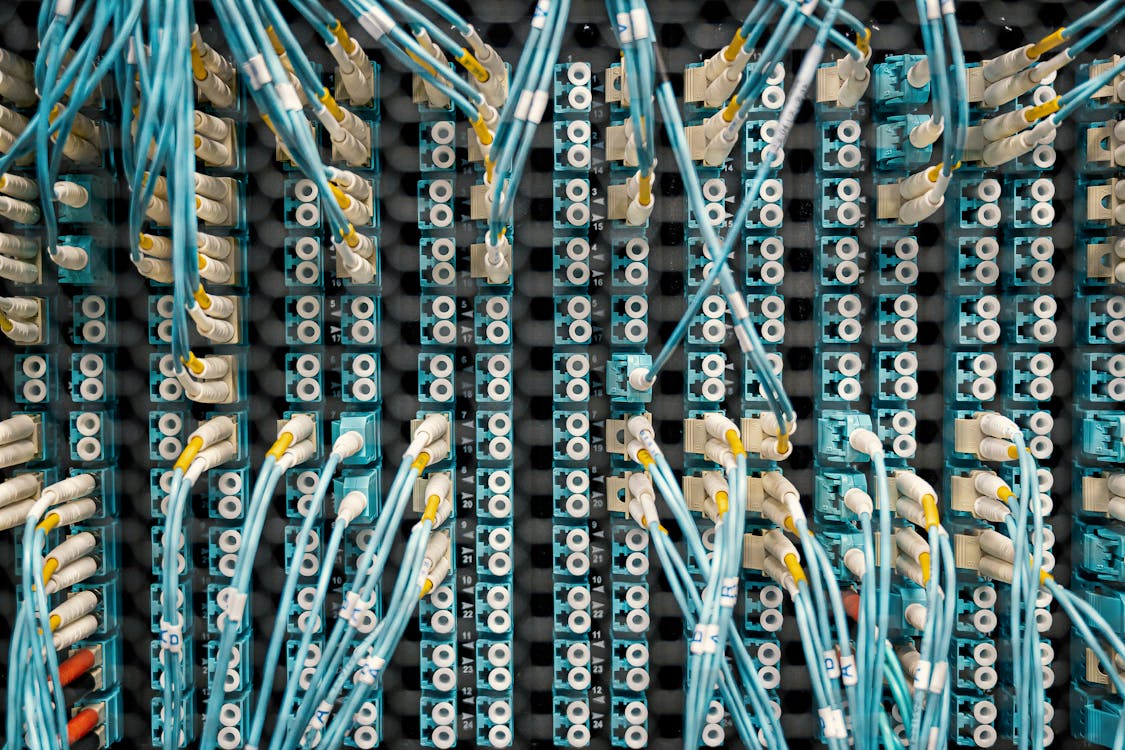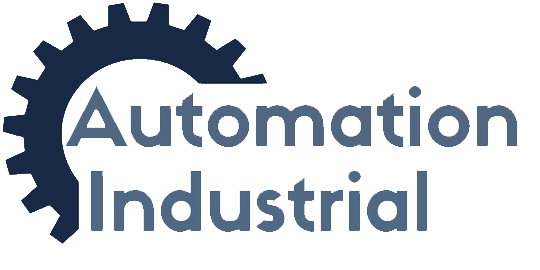ControlNet vs. EtherNet: Understanding Their Distinct Roles in Industrial Networking
Tags: ControlNet, EtherNet, Industry
In the world of industrial networking, two prominent technologies often discussed are ControlNet and EtherNet. While both serve as means of communication in industrial environments, they are designed for different purposes and have distinct characteristics. This article explores the essence of ControlNet and EtherNet, highlighting how they differ in functionality, application, and impact in industrial settings.
Understanding ControlNet
ControlNet is a network protocol specifically designed for industrial automation and control applications. It is known for its deterministic nature and real-time capabilities, which are essential in automation processes where timing and synchronized data transfer are critical.
Key Features and Applications
- ControlNet’s primary feature is its determinism, which ensures that messages are delivered in a predictable and repeatable manner, crucial for coordinating control tasks. This makes it highly reliable for applications that require precise timing, such as synchronizing multiple devices or performing complex automated tasks in manufacturing processes.
- Another characteristic of ControlNet is its robustness in industrial environments. It is designed to operate effectively in areas with high levels of electrical noise and interference, typical in industrial settings.
- The protocol supports a wide range of data types, from simple discrete signals to complex blocks of data, and offers flexibility in network topology, including star, tree, and bus configurations.
The Role of EtherNet in Industrial Networking
EtherNet, or Ethernet in a broader context, is a widely used networking technology that has been adapted for industrial applications, known as Industrial Ethernet. Unlike ControlNet, EtherNet is not inherently deterministic but offers higher data transfer rates and broader connectivity options.
Key Features and Applications
- EtherNet’s main advantage is its versatility and ability to handle large volumes of data at high speeds. This makes it suitable for applications that require the transfer of large data files, such as in data acquisition systems or surveillance applications.
- Another significant benefit of EtherNet is its connectivity. It allows for easy integration with office networks and the internet, facilitating data sharing and communication across different departments and locations. This integration is vital for implementing advanced industrial concepts like the Industrial Internet of Things (IIoT) and Industry 4.0.
- EtherNet networks can support various topologies, including star, ring, and mesh, and are compatible with standard networking equipment, making them cost-effective and scalable.
Comparing ControlNet and EtherNet
While both ControlNet and EtherNet are used in industrial environments, their differences lie in their design priorities and operational capabilities.

Determinism vs. High Data Capacity
The most significant difference between the two is determinism. ControlNet is designed to guarantee delivery times for messages, making it ideal for time-sensitive control applications. EtherNet, in its standard form, does not offer this level of determinism but excels in handling high data volumes at fast speeds.
Network Topology and Scalability
In terms of network topology, ControlNet offers flexibility and is specifically tailored for control applications. EtherNet, with its compatibility with standard networking hardware, provides scalability and ease of integration with existing corporate networks and the internet.
Application Areas
ControlNet is predominantly used in applications where coordination between multiple devices is essential, such as in conveyor systems, robotic cells, and process control. EtherNet, due to its high-speed data transfer capabilities, is more suited for applications where large amounts of data are generated, such as in video surveillance, data logging, and complex machine diagnostics.
Future Trends and Integration
The future of industrial networking sees a trend towards the integration of deterministic capabilities in EtherNet, known as EtherNet/IP, which combines the speed and bandwidth of EtherNet with the real-time control features of protocols like ControlNet. This development is aimed at creating networks that offer both high-speed data transfer and precise control, catering to the growing demands of sophisticated industrial automation systems.
Conclusion
ControlNet and EtherNet serve distinct but complementary roles in industrial networking. ControlNet’s strength lies in its deterministic nature and suitability for real-time control applications, while EtherNet offers high data capacity and extensive connectivity options. Understanding the differences between these two technologies is crucial for their effective application in industrial environments. As networking technology continues to evolve, the lines between these two systems may blur, leading to more integrated and versatile industrial networking solutions. The ongoing advancements in industrial networking are poised to further enhance efficiency, reliability, and productivity in various industrial processes.
